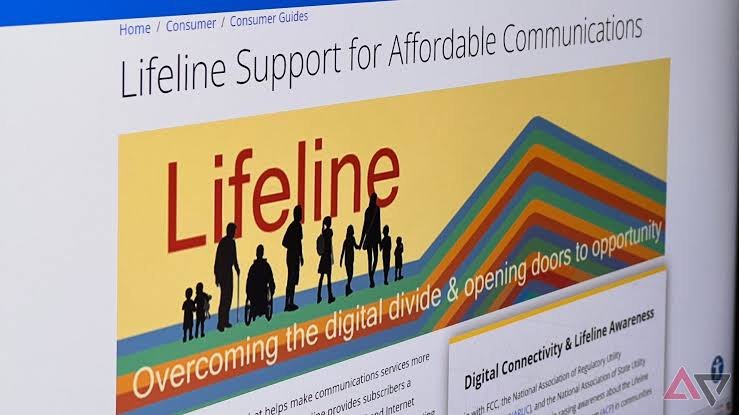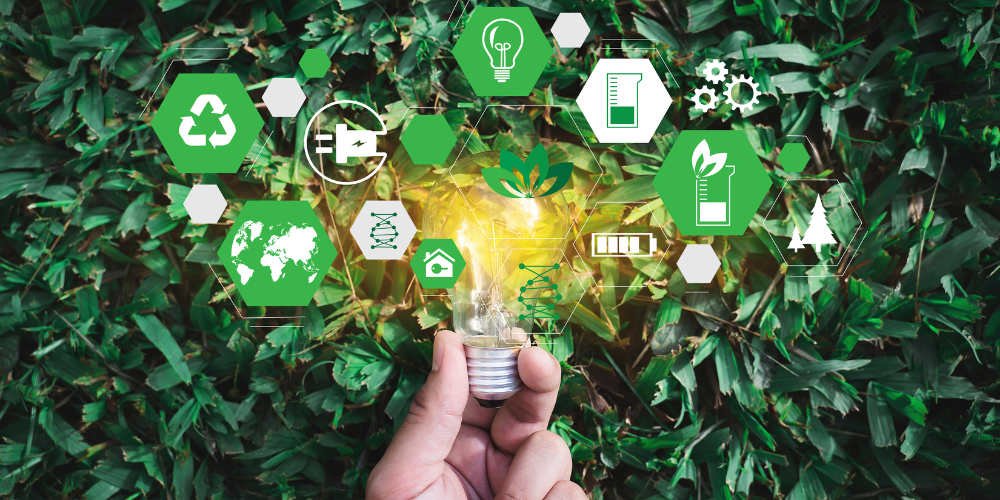What is Lifeline Assistance?
The Lifeline Assistance program, funded by the federal government, offers inexpensive telecommunication services to low-income families. This project aims to close the gap in digital access by guaranteeing everyone’s ability to use necessary communication tools like phones and internet services. The program offers discounted rates, making it easier for people to stay connected with the world. It helps individuals who qualify through Lifeline eligibility criteria get vital communication support.
Initially established in 1985, the program has evolved to include broadband and traditional phone services. As our world increasingly relies on digital connectivity, Lifeline ensures that low-income families can maintain connectivity, which is crucial for daily activities such as job searching, accessing healthcare, and staying in touch with family and friends. Access to these services can significantly impact the quality of life and opportunities available to individuals and families.
Who Can Qualify for Lifeline Assistance?
Eligibility for Lifeline Assistance is generally determined through two primary criteria: income level and participation in federal assistance programs. Families are eligible if their earnings exceed 135% of the federal poverty threshold. Additionally, individuals participating in programs like Medicaid, Supplemental Nutrition Assistance Program (SNAP), or Federal Public Housing Assistance can also avail themselves of Lifeline benefits. These criteria ensure that the program targets those most needing affordable communication services.
Qualifying Federal Programs
The following federal programs can also make you eligible for Lifeline Assistance:
- Supplemental Security Income (SSI)
- Veterans Pension and Survivors Benefit
- Programs designed specifically for tribes include the Bureau of Indian Affairs General Assistance.
Participation in these programs should be validated through an award letter or other official documents. This verification process helps ensure that resources are allocated to those who genuinely meet the eligibility criteria, thereby maximizing the impact of the Lifeline program. It’s also worth noting that eligibility requirements vary slightly based on state-specific guidelines.
Steps to Apply for Lifeline Assistance
Applying for Lifeline Assistance involves a straightforward process, but ensuring all details are accurate and complete is vital. Below are the steps:
- Visit the National Verifier website to begin your application process.
- Enter your personal information and eligibility criteria.
- Submit the required documentation for verification.
- Choose a service provider that offers Lifeline Assistance in your area.
- Complete the provider’s application process to start receiving benefits.
Many states have additional online portals that you can use to apply. Make sure to check for state-specific application processes. It’s also helpful to watch for any updates or changes in procedures, as these can affect the timeline and application requirements. Adequate preparation and meticulous attention to detail can significantly simplify the application process.
Documents Needed for Application
Proper documentation is essential for a successful Lifeline Assistance application. You will need to provide:
- Evidence of earnings required for eligibility based on income (e.g., pay slips, tax filings).
- Verify enrollment in an eligible federal aid program (such as a letter confirming benefits).
- Identity verification documents (e.g., driver’s license, Social Security card).
Keeping these documents ready can expedite your application process. Ensuring that all documents are current and accurate will help prevent delays. Maintaining duplicates of all documents you submit for your records can also be advantageous if further action is needed. Good organization and preparation can significantly impact how smoothly and quickly the application process goes.
State-Specific Variations and Considerations
While Lifeline is a federal program, states may have additional rules, varying benefit amounts, and different participating providers. For example, some states may offer enhanced benefits or require further documentation. It’s crucial to check your state’s specific requirements to meet all criteria and deadlines. According to authoritative sources, states can augment federal benefits, providing even more savings for eligible residents. Understanding local guidelines can lead to more significant benefits and a more straightforward application process.
Some states might have specific service providers that offer better deals or more comprehensive packages under the Lifeline program. Researching the options available in your state can help you make an informed decision and get the most out of the assistance you receive. Moreover, keeping yourself updated on state policy changes can assist you in better navigating the system.
Common Mistakes to Avoid During Application
Avoid the following errors to ensure your Lifeline Assistance application process goes smoothly:
- Incomplete Documentation: Ensure all required forms and proofs are submitted.
- Incorrect Information: Double-check your personal details and eligibility information before submission.
- Not Checking State Rules: State-specific variations can impact your eligibility, so understand your local guidelines.
These simple checks can significantly increase your chances of a successful application. Not providing thorough and precise information can result in setbacks or exclusion. Therefore, it is advisable to dedicate additional time to confirm all details are correct. It’s also helpful to seek assistance if you need clarification on any part of the process. Many community organizations offer support to help individuals navigate the Lifeline application process, ensuring they can access the benefits they are entitled to.
Resources for Additional Information
For more in-depth information on Lifeline Assistance and related programs, you can visit USAC’s Lifeline page. Additionally, the FCC’s official Lifeline page provides comprehensive guidelines, updates, and points of contact if you have further queries. These resources can provide detailed information, answer common questions, and offer guidance on navigating the Lifeline program effectively. These external resources are invaluable for anyone attempting to understand or apply for Lifeline Assistance. They provide official information and updates, ensuring you have the most current and accurate data to guide your application process. These resources can provide clarity and support, making the process smoother and more efficient.





